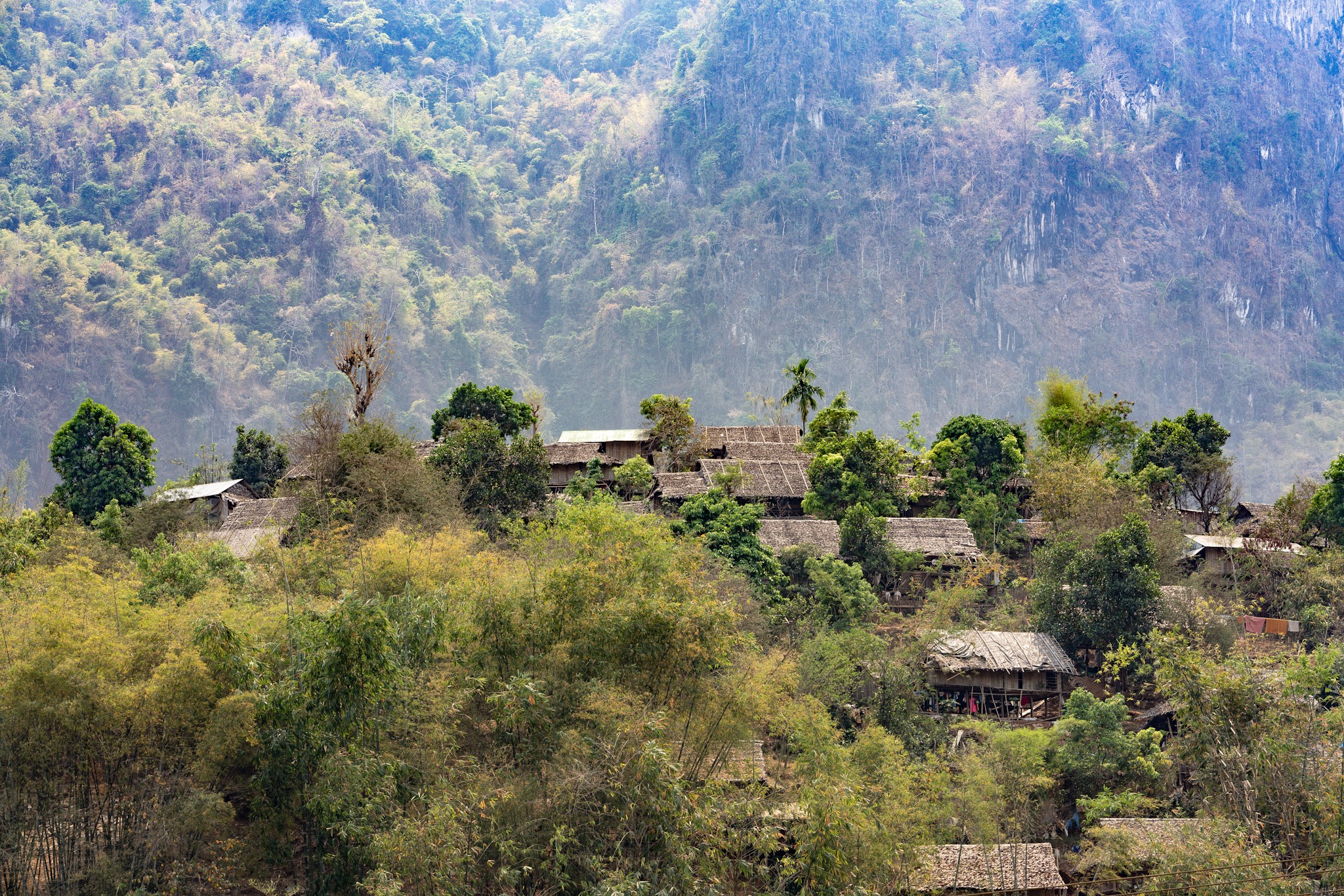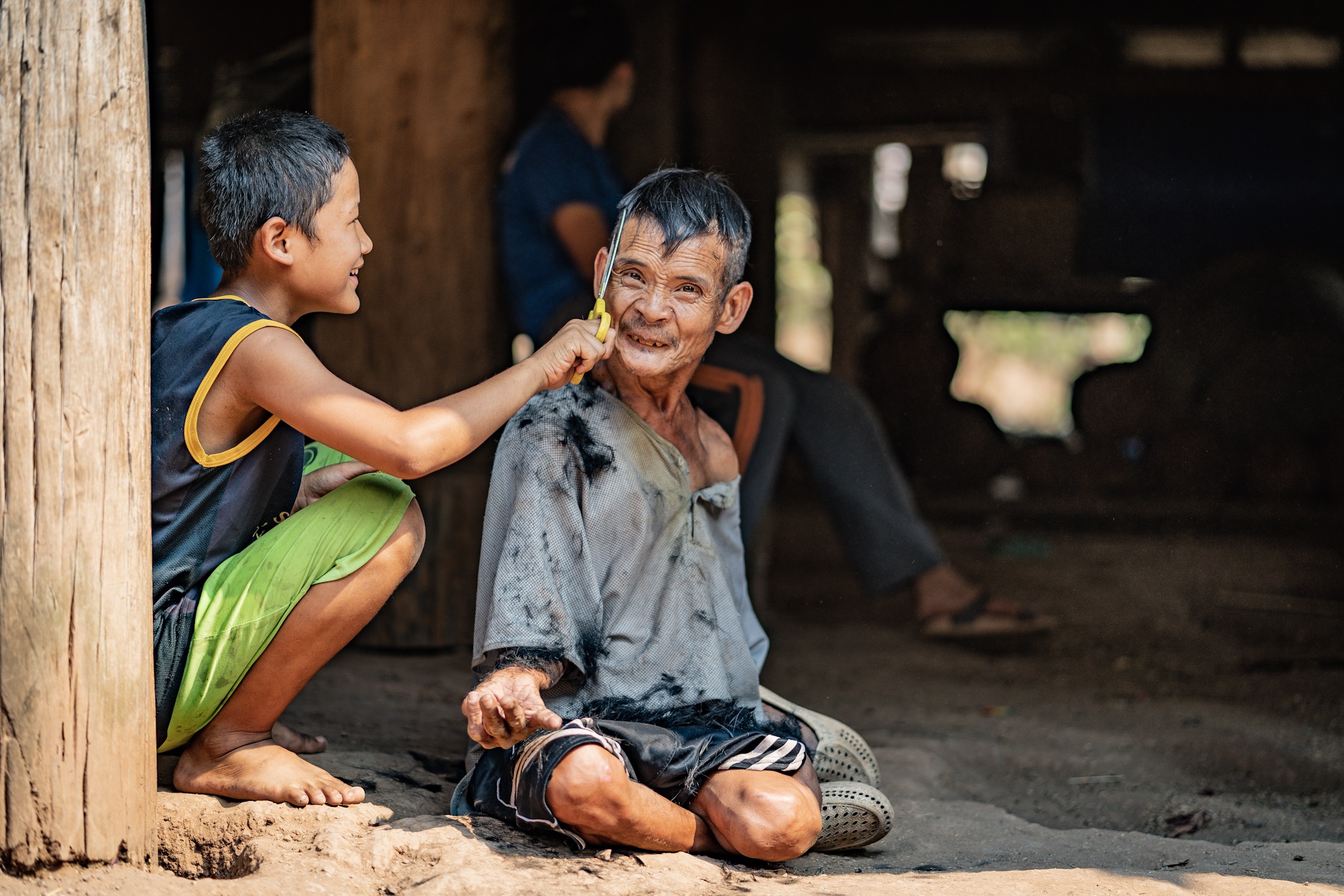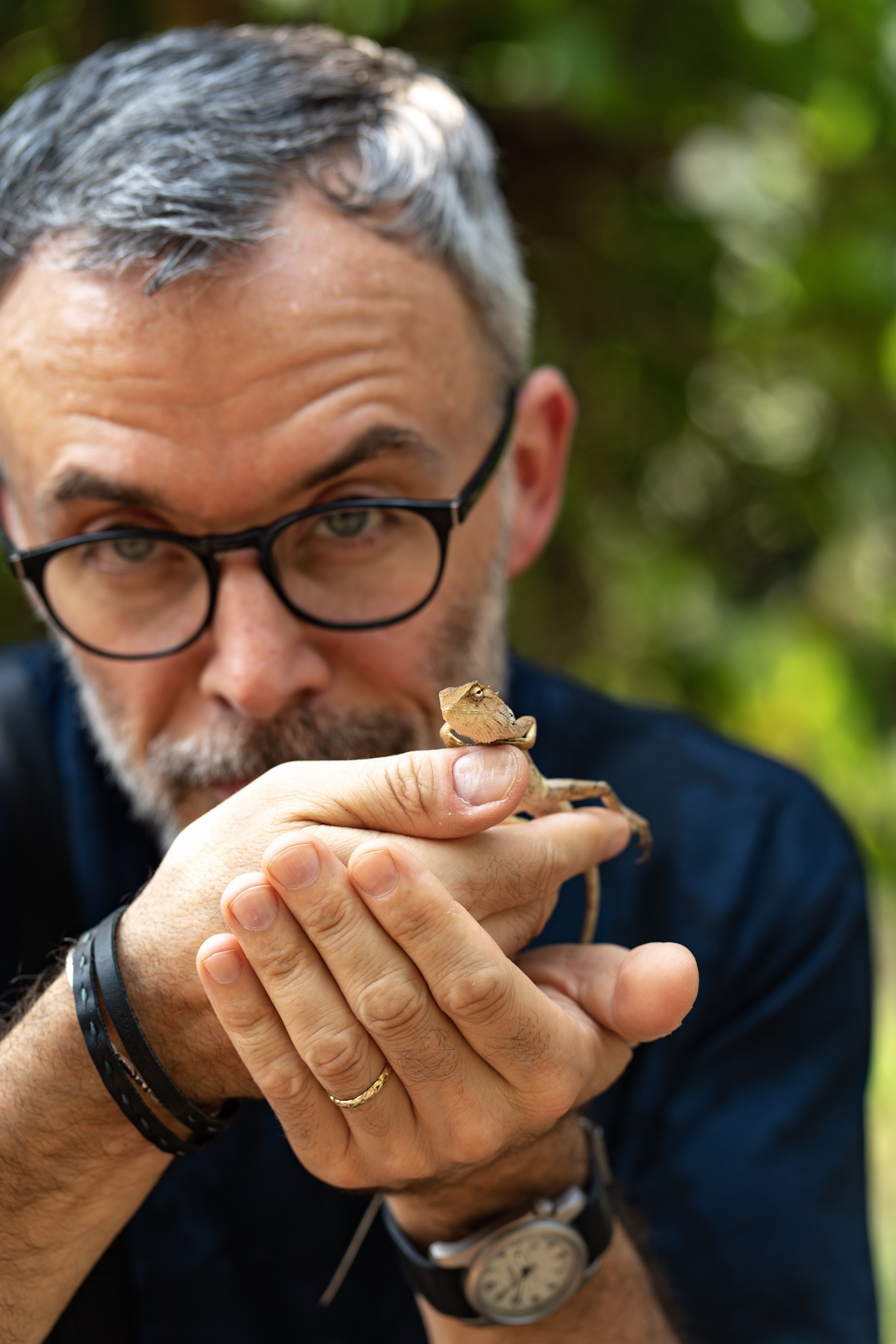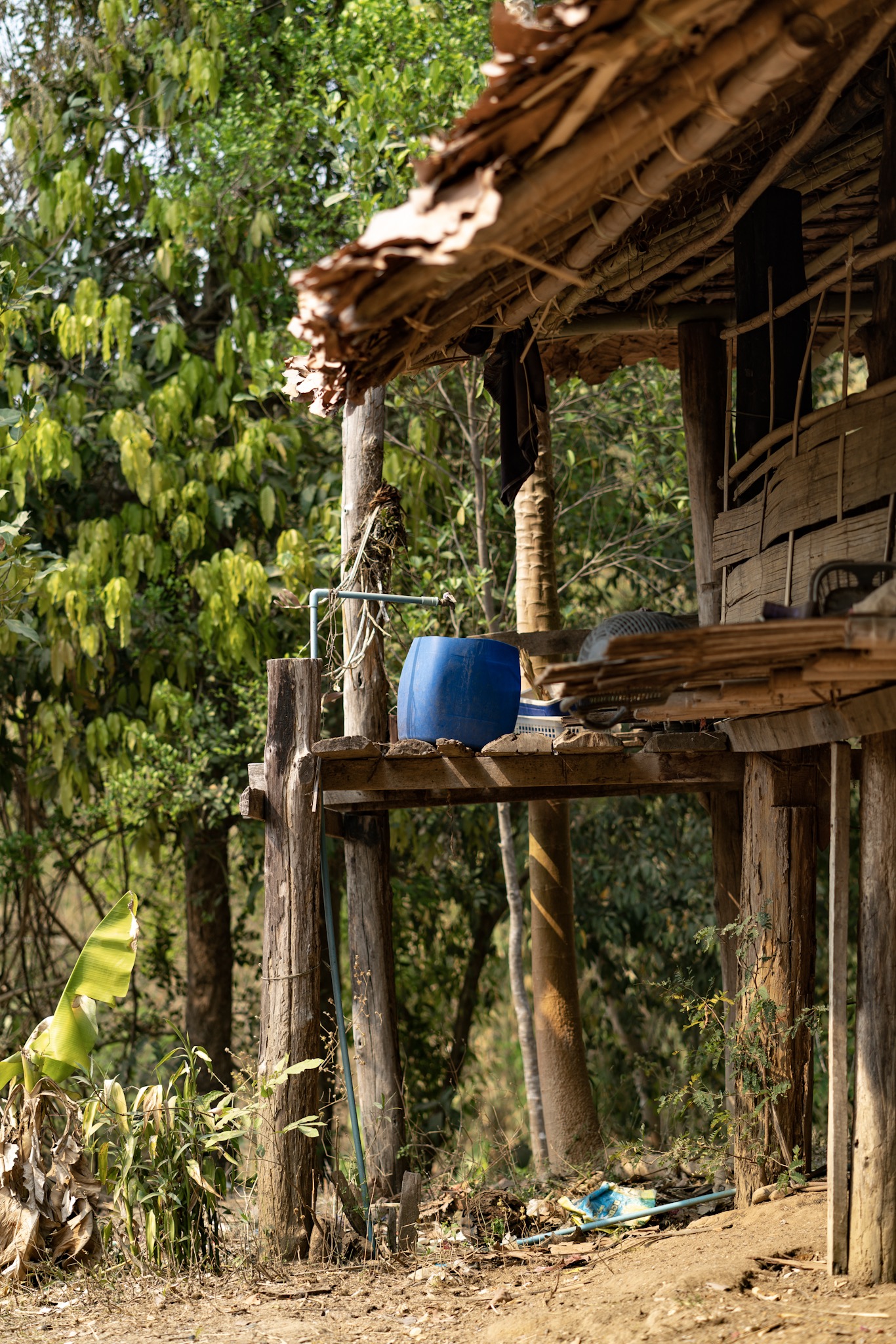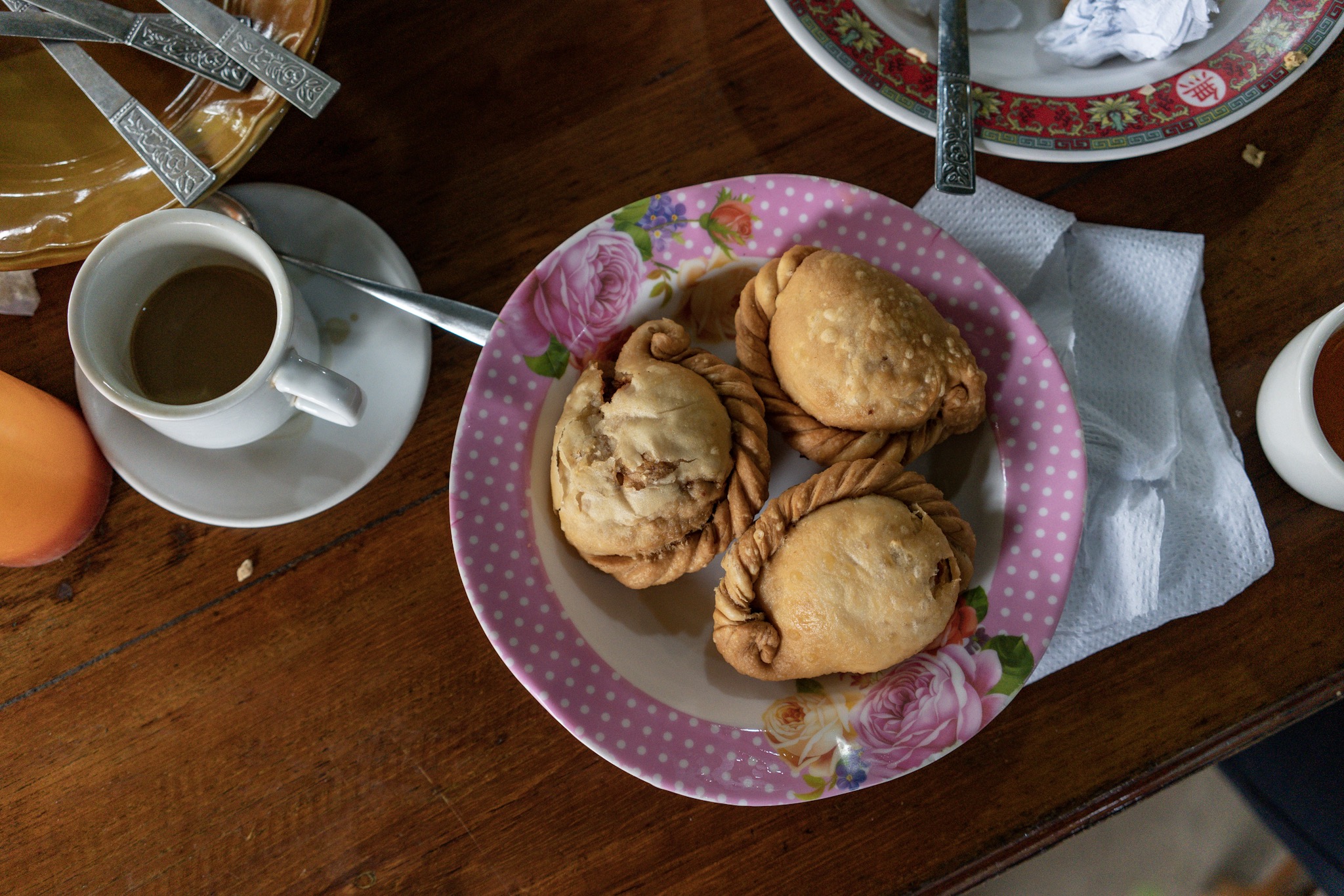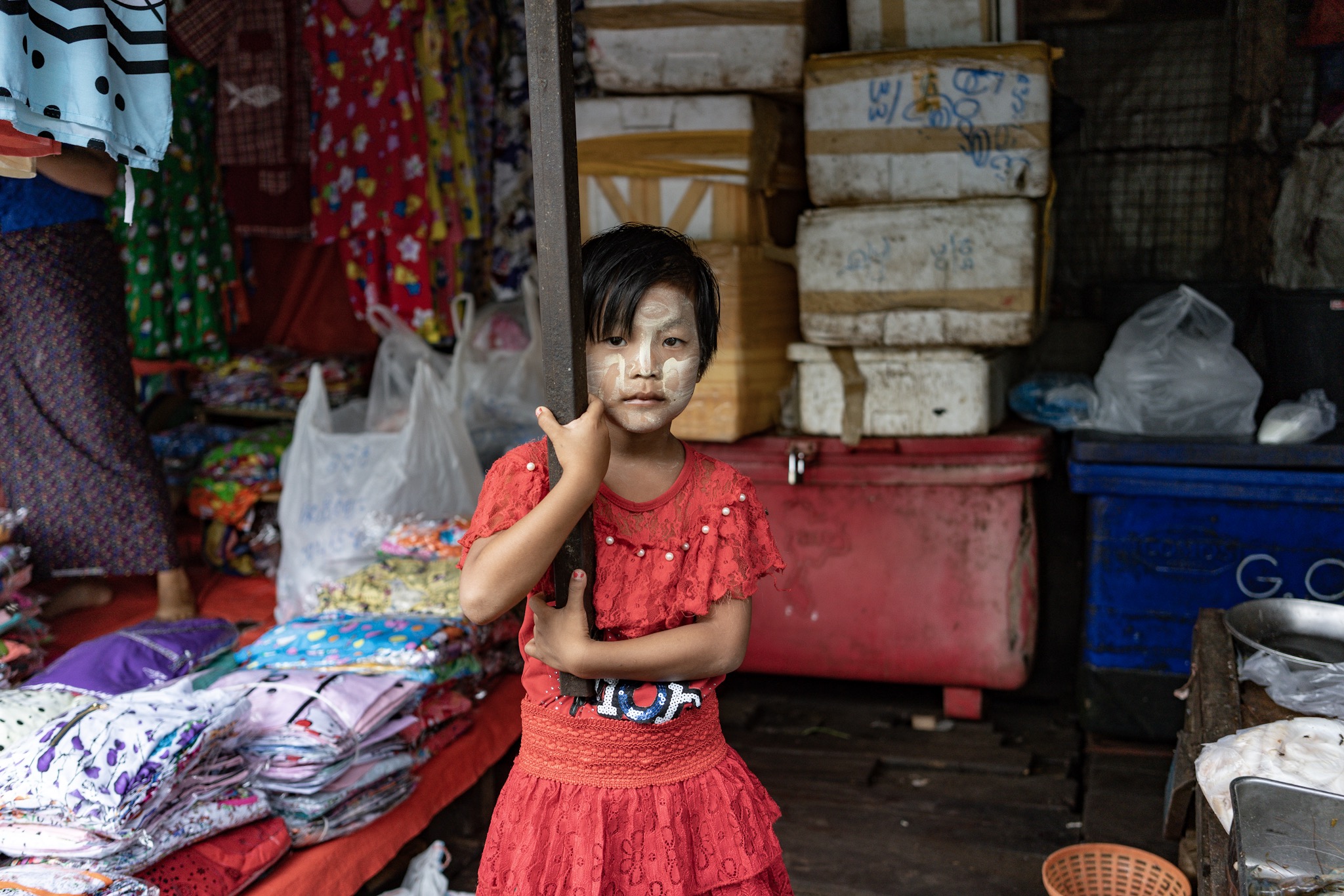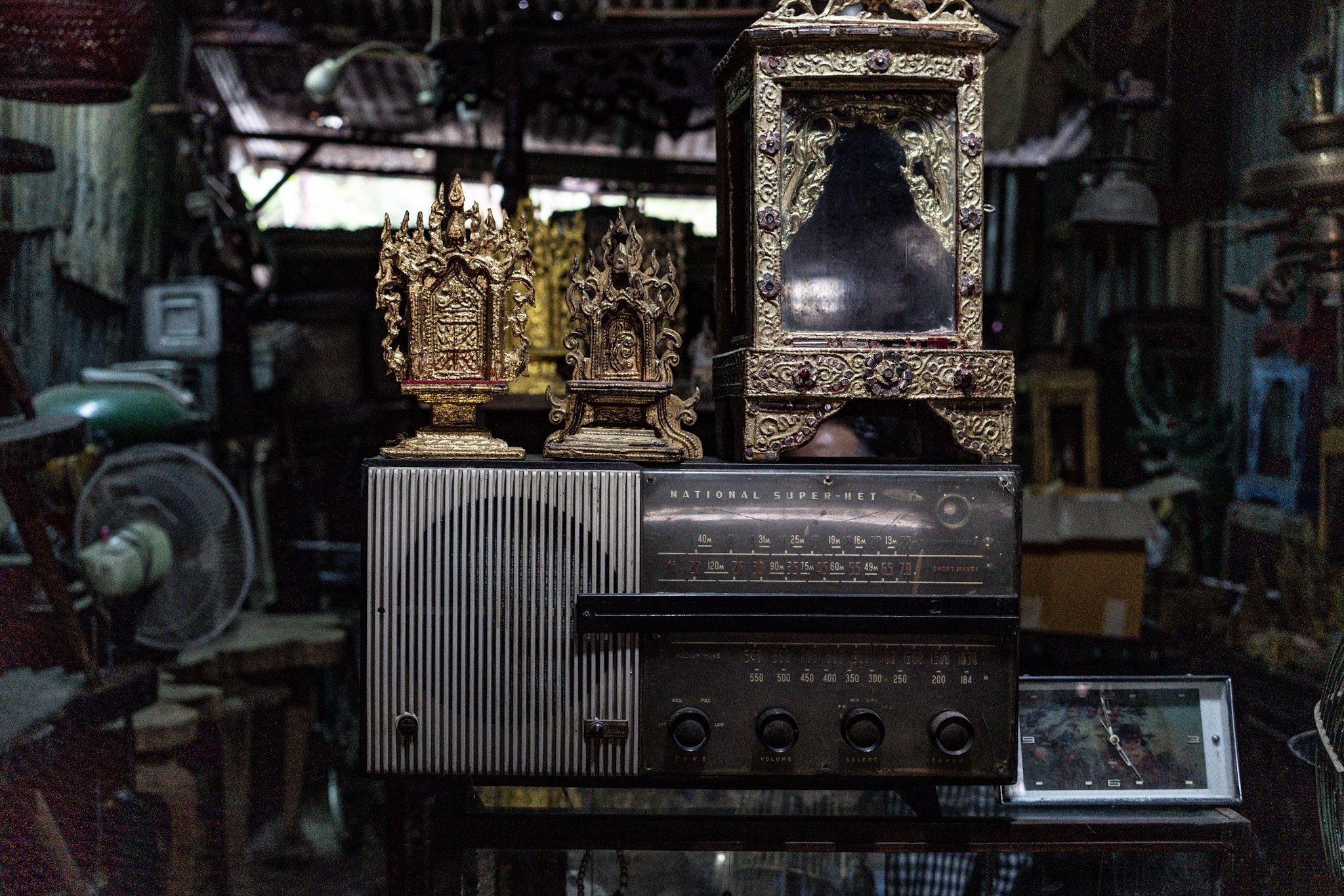Burma trek and village visit
Yesterday morning Tutu, Dylan and I left our guest house in Doi Saket bright and early and made the drive to Mae Sot, about six hours away on the border with Myanmar, or Burma, as they used to call it. Despite the smog — brought on by the long dry season and the traditional slash-and-burn agriculture — the scenery was beautiful, especially as we headed through he mountains toward the border.
We arrived in Mae Sot, ditched our bags at the hotel and then drove another hour toward the Karen tribal village that was once home to about 13 of our children. Along the way we passed a massive camp housing more than 60,000 hilltribe refugees forced out of Myanmar due to their tribes’ political and ethnic tensions with the majority Burmese population.
I’ve been conditioned by CNN to picture refugee camps as an endless grid of white tents in the middle of the desert. But this camp is built onto the mountainside and is composed of bamboo and thatch huts, all paper dry and liable to go up in flames from the slightest stray spark. In fact, this camp was almost leveled a few years ago by a fire that ripped through it in just minutes, killing scores and intensifying the misery of thousands of already-weary and entirely helpless families. No one knows for sure how the fire started but rumors are that local Thais, tired of involuntarily hosting their war-ravaged neighbors, are to blame.
It’s strange to see such abject misery juxtaposed with such extravagant natural beauty, but I suppose life is like that for so many people.
A few kilometers past the refugee camp, we turned off the main road onto a dusty path that is impassible by car during the rainy season. We fully utilized the truck’s 4-wheel drive system, carefully climbing and descending steep hills and narrow dirt roads until we reached a small village with houses made by hand out of teak harvested and planed by local tribesmen and huts fashioned from bamboo gleaned from the surrounding jungle.
Beyond our desire to document village life to demonstrate the kinds of backgrounds our kids have come from, we made this visit to check in on a handful of our children who were spending some of their school break with their relatives in their hometown. Most of our kids speak no Thai when they come into our care. But after a few years, it’s their tribal language fluency that suffers. As an organization staffed by hilltribe adults for the benefit of hilltribe kids, it’s important that these children maintain a knowledge, pride and comfort with their culture of origin. Some of these kids will assimilate into Thai culture as adults, but some will choose to return to their villages to live, and they need to know how to survive.
So, under the careful supervision of our staff and the watchful eye of a village pastor, these kids spend a couple of weeks each year immersing themselves in their original language, foodways and traditional style of living. It was a joy to see them in this context, and to meet the aunts, uncles and grandparents who cared for them after their parents died or abandoned them.
We walked around with the kids, took pictures and socialized with the villagers. Before leaving, a tribal elder invited us to his house where we chewed betel, a mildly stimulating combination of nut, paste and leaf that, if consumed every day, can lead to addiction — and blood red teeth. With our staff’s assurances, we decided it wouldn’t hurt us to give it a shot in service of cultural bonding. It was...interesting. Mildly astringent and wildly herbaceous, it’s something of an acquired taste. But it did leave our tongues tingling and produced a slight, caffeine-like buzz. I’m glad I tried it, but it’s not a habit I’ll be bringing back to the states.
After a fitful night’s sleep in our hotel’s rock-hard beds, Dylan and I got up in the morning and, accompanied by a local Burmese Chin-Dai tribal pastor, we crossed over into Myanmar where we ate a fantastic breakfast of tea, coffee, Chinese-style steamed buns and what I’d describe as a Burmese empanada. We traipsed through bustling markets selling everything from betel to, well, beetles. It was a sensory assault, but I could really see myself cooking with the fresh produce and proteins on a regular basis.
After a few hours, we successfully retrieved our passports which the Burmese immigration police had confiscated upon arrival, and we headed back to our hotel. After that, we had some noodles and hit the road. It was a long and tiring couple of days, but boy was it fascinating.
I hope my pictures convey a little bit of what we experienced. Please join me in praying for the refugees at the camp and for the believers in Burma. They are completely helpless and desperately in need of God’s blessing.
And thank you for supporting our work.
We’re just a few days out from our return flights home. We’re going to try to pack as much into those last days as possible. With any luck, I’ll be able to take a lot more pictures.
Massive refugee camp in along the mountainside dividing Thailand and Myanmar.
photo credit: Dylan Menges
photo credit: Dylan Menges
photo credit: Dylan Menges
photo credit: Dylan Menges
photo credit: Dylan Menges
A visit to a Karen village near the Burmese border.
A morning in Kayin State’s cafes, shops, streets and markets.

